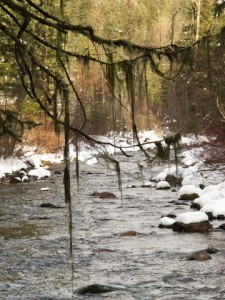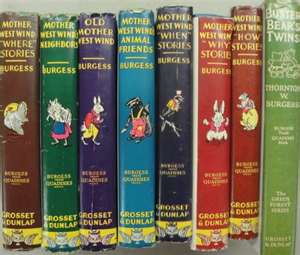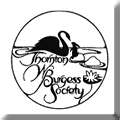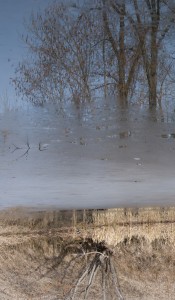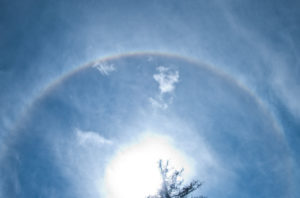
While we wait for the flowers to come up, we can turn our eyes to the sky and indulge in another game of identification, Cloudspotting. This example is a 22 degree halo seen in the Cirrostratus clouds. This type of cloud is composed of a delicate layer of ice crystals and the halo is made by sunlight refracted by the crystals. Cloudspotting can turn the most mundane trips around town into a real naturalist’s adventure and there are several books that can heighten the experience.
First is The Cloudspotter’s Guide: The Science, History, and Culture of Clouds by Gavin Prector-Prinney. He gives detailed descriptions of the different kinds of clouds and their subspecies, like the wispy Cirrus clouds or “mare’s tails” outside my window just now. It also includes interesting tidbits like the history of the meteorologists in Bergen Norway who first worked out the complex science of the development of rain clouds, and the Chinese scientist Zhonghas Shou who is using the appearance of certain cloud types as a short term earthquake predictor.
If you want to share this experience with kids, Tomie De Paola’s The Cloud Book is a great introduction. He describes the basic cloud types, mixing elementary scientific information with the mythology of clouds and the popular sayings that have been used for centuries to predict weather. “When the fog goes up the mountain hoppin’, then the rain comes down the mountain drippin’.”
To take your cloud spotting to the next level The Cloud Collector’s Handbook, also by Pretor-Pinney, gives you a field guide and a “birding list” in one. Each type of cloud you find and record is worth points. Living in Missoula it is easy to get 15 points for the Stratus that lay low in the valley on inversion days, and you can pick up another 5 points for getting above the clouds and seeing their undulating upper surface.
Very young children can join in the fun as well with Eric Carle’s Little Cloud, a great book for encouraging the age old game of spotting different shapes in the clouds.
Finally, check out www.clouds365.com where you can share your finds with this online cloud appreciation community.
This book review will appear in the Montana Naturalist Magazine, spring issue, put out by the Montana Natural History Center

